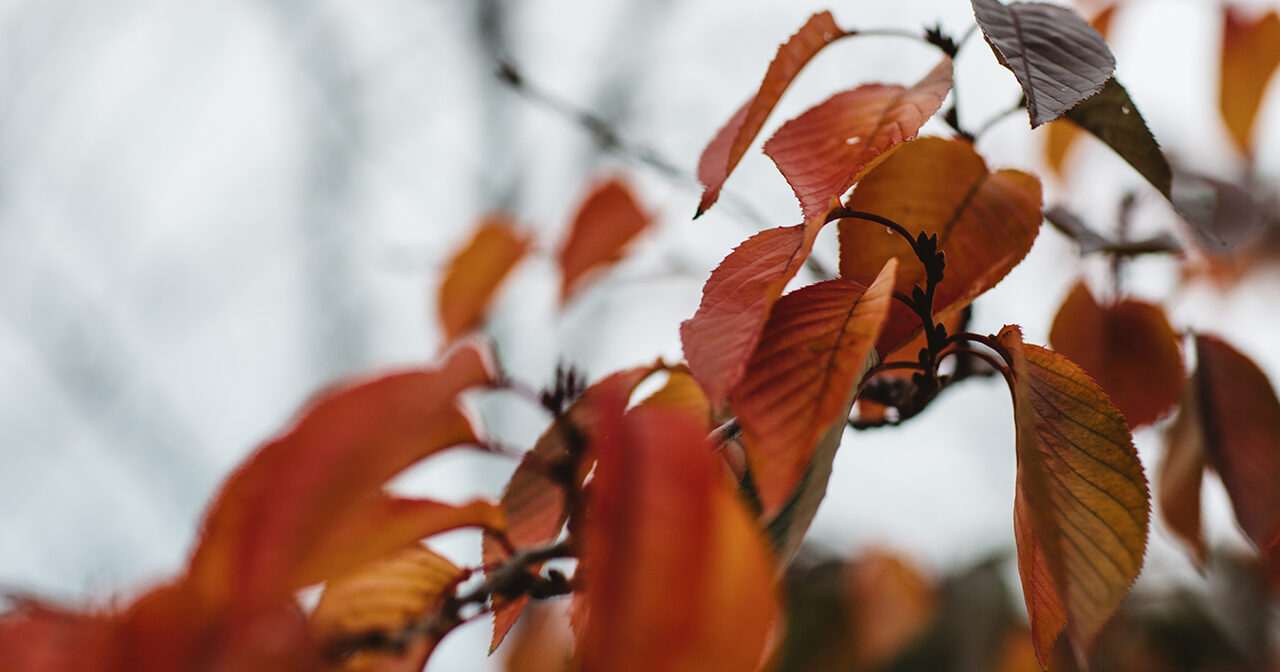06 November 2011
Parihaka Day
by Dr Mark Keown
Preliminary Note: As I sat to write this blog at 5.45am, Friday Nov 4, I had an unusual experience. I had resolved to write this for some weeks. I was half way through when I put on the TV3 morning news and heard Tariana Turia, co-leader of the MÄori party, express her desire that NZ dispense with Guy Fawkes Day and celebrate Parihaka Day. This blog supports her contention.
I have always pondered why we as New Zealanders celebrate Guy Fawkes Day. The day recalls the foiling of the Jesuit Gunpowder plot in 1605 to kill King James I and blow up the House of Lords in London. It seems to me a strange thing to celebrate here in Aotearoa NZ some 400 years later. Of course, the day lives on because, to put it bluntly, people love to blow up stuff. My bewilderment at this day of celebration was intensified when I realised recently that November 5 is also a special day in NZ – Parihaka Day – an unheralded day in NZ, a day Christians in particular should take note of. Parihaka is in Taranaki, a MÄori settlement 55km SW of New Plymouth. In 1870 Parihaka was the largest MÄori village in NZ. During the land wars, it was invaded in 1881 on Nov 5 by some 1600 armed forces led into the town by native minister John Bryce.
Leading up to that fateful day, its prophetic leaders Te Whiti o Rongomai and Tohu KÄkahi, inspired by Christ’s example, led 20 years of non-violent resistance to the rampant colonial acquisition of land. The invasion on Nov 5 saw 2,000 people of Parihaka sit quietly in the marae while children greeted the invading forces with bread and song. This did not thwart the attack with Te Whiti and Tohu and many others exiled in the South Island, Parihaka dismantled, women and girls raped, and animals slaughtered. This day is both a blight and a light on our nation’s history. On the one hand, it is day of shame where the worst of human corruption was seen – abuse of power, greed, violence, political force, injustice, murder, persecution, rape and destruction. As a Pakeha, I am grieved that my people, the Europeans, are guilty of such things, not only in Parihaka, but across the world – ‘God have mercy!’ Yet, it is also a day where the light of Christ shone in the world as Te Whiti and Tohu and their people demonstrated the Kingdom and the power of Christ.
It seems to me that on Nov 5 we should lay down our gunpowder and as Tariana Turia says, remember Parihaka reflecting on it in a world of violence and intrigue. Christians especially should consider this day and its implications in the light of the cross of Christ. It is also a time for preachers to declare the cross and Kingdom, call for repentance and reconciliation and point to Te Whiti and Tohu as examples to us all. What do you think? What other NZ stories can be used in a similar way?
